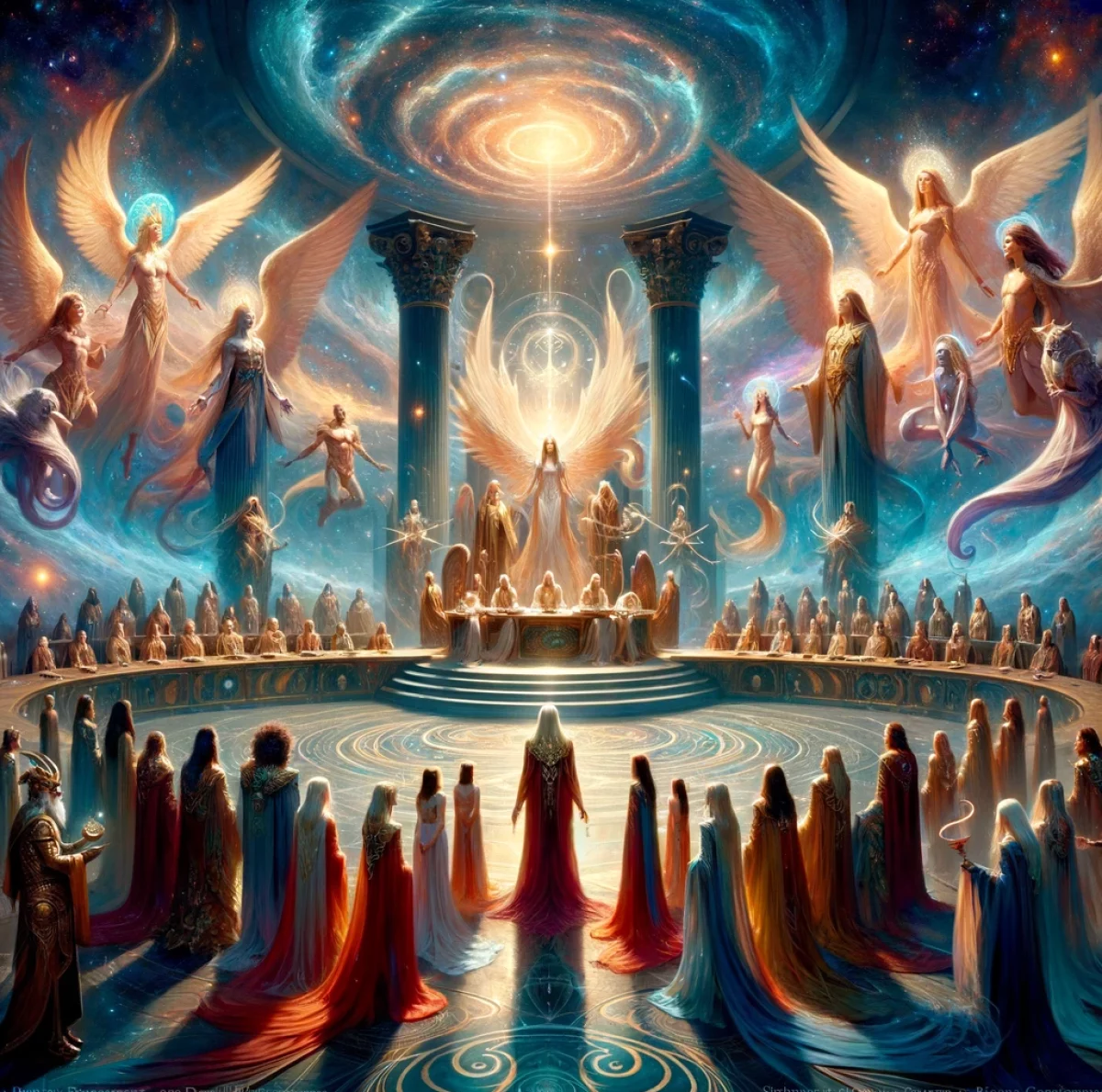- Know Your Characters: Each character should have a distinct voice, reflecting their background, personality, and motivations. Their speech patterns, vocabulary, and idiosyncrasies should be consistent and unique to them.
- Advance the Plot: Dialogue should move the story forward, providing information, developing characters, or setting up future scenes. Every line should serve a purpose, whether it’s revealing character traits, advancing the plot, or creating tension.
- Convey Subtext: Great dialogue often has layers of meaning. What characters say or don’t say can reveal their true feelings or intentions. Use subtext to add depth to conversations and show the complexity of your characters.
- Maintain Pacing: Dialogue can control the pace of your story. Rapid-fire exchanges can create tension and excitement, while longer speeches might slow down the scene to allow for reflection or exposition.
- Be authentic. Dialogue should sound natural and believable. Listen to how people speak in real life and incorporate elements of natural speech, like contractions, colloquialisms, and incomplete sentences.
- Avoid info-dumping: Exposition through dialogue should be handled carefully. Avoid having characters say things solely for the audience’s benefit, especially if it’s information that would be known to the characters in the conversation.
- Read Aloud: To test the natural flow and believability of dialogue, read it aloud or act it out. This can help you identify awkward phrasing or unnatural speech patterns.
- Edit for Brevity: Dialogue often benefits from being concise and impactful. Edit out unnecessary words and sentences that don’t add to the character’s development or plot advancement.
- Use Contractions and Interruptions: People often speak using contractions and are sometimes interrupted or talk over each other. Incorporating these elements can make dialogue more realistic.
- Reflect on the Setting and Era: Ensure that your dialogue is appropriate for the time period and setting of your story. Language, slang, and manners of speaking can vary widely depending on when and where your story is set.
By focusing on these aspects, you can create dialogue that not only sounds natural and engaging but also deepens the narrative and connects with the reader.
- Character Voice Development: Create a prompt that focuses on developing a unique voice for each character, considering their background and personality.
- Plot Advancement through Dialogue: Design a scene where dialogue between characters significantly advances the story’s plot.
- Mastering Subtext in Conversation: Write a dialogue where the true intentions of the characters are revealed through subtext, not direct speech.
- Controlling Pace with Dialogue: Develop a fast-paced dialogue scene that creates tension and a slow-paced one for reflection.
- Crafting Authentic Conversations: Create a dialogue that incorporates elements of natural speech, such as colloquialisms and interruptions.
- Avoiding Info-Dumping: Write a dialogue that conveys necessary background information subtly without sounding like an info-dump.
- Reading Aloud for Natural Flow: Script a dialogue to be read aloud, focusing on natural flow and believability.
- Editing Dialogue for Brevity: Take a lengthy dialogue scene and edit it down to its most impactful and essential elements.
- Using Contractions and Interruptions: Write a conversation that includes natural interruptions and overlapping dialogue.
- Reflecting Setting and Era: Create a dialogue that accurately reflects the language and mannerisms of a specific time period and setting.
- Dialogue as Character Development: Compose a scene where dialogue reveals key aspects of a character’s personality and growth.
- Conflict and Resolution in Dialogue: Craft a dialogue-heavy scene where characters confront a conflict and work towards resolution.
- Humor in Dialogue: Write a scene where humor is conveyed through witty banter between characters.
- Emotional Depth through Dialogue: Develop a conversation that deeply explores the emotional state or transformation of a character.
- Dialogue in Action Scenes: Create a dialogue within an action scene that adds to the intensity and dynamism of the moment.
- Cultural Influences on Dialogue: Write a dialogue that reflects the cultural background and influences of the characters.
- Dialogue and World-Building: Use dialogue to subtly reveal aspects of the world or society in which the story is set.
- Secrets and Revelations in Dialogue: Compose a scene where a dialogue leads to a significant revelation or secret being uncovered.
- Power Dynamics in Dialogue: Create a dialogue that showcases the power dynamics between the characters.
- Romantic Dialogue: Write a dialogue scene that develops or explores a romantic relationship between characters.
- Philosophical Dialogue: Craft a conversation that touches on philosophical ideas or dilemmas faced by the characters.
- Technical or Scientific Dialogue: Write a dialogue that accurately conveys technical or scientific information in a digestible way for the reader.
- Multilingual Dialogue: Create a dialogue that incorporates multiple languages, reflecting the characters’ backgrounds or the setting.
- Dialogue with Non-Verbal Cues: Write a scene where non-verbal cues (like pauses, gestures, and facial expressions) play a key role in the dialogue.
- Inner Dialogue: Develop a scene that includes a character’s inner dialogue, offering insight into their thoughts and feelings.
- Historical Dialogue Accuracy: Craft a dialogue that is true to historical speech patterns and terminology for a historical fiction piece.
- Children’s Dialogue: Write a dialogue scene that captures the innocence and perspective of a child character.
- Elderly Characters in Dialogue: Create a conversation that reflects the wisdom, experience, or perspective of elderly characters.
- Dialogues in Fantasy Settings: Develop a dialogue that fits the fantastical elements of a fantasy setting, including any unique languages or dialects.
- Dialogue in Science Fiction: Create a dialogue scene that includes futuristic slang, technology talk, and sci-fi elements, fitting the story’s setting.
